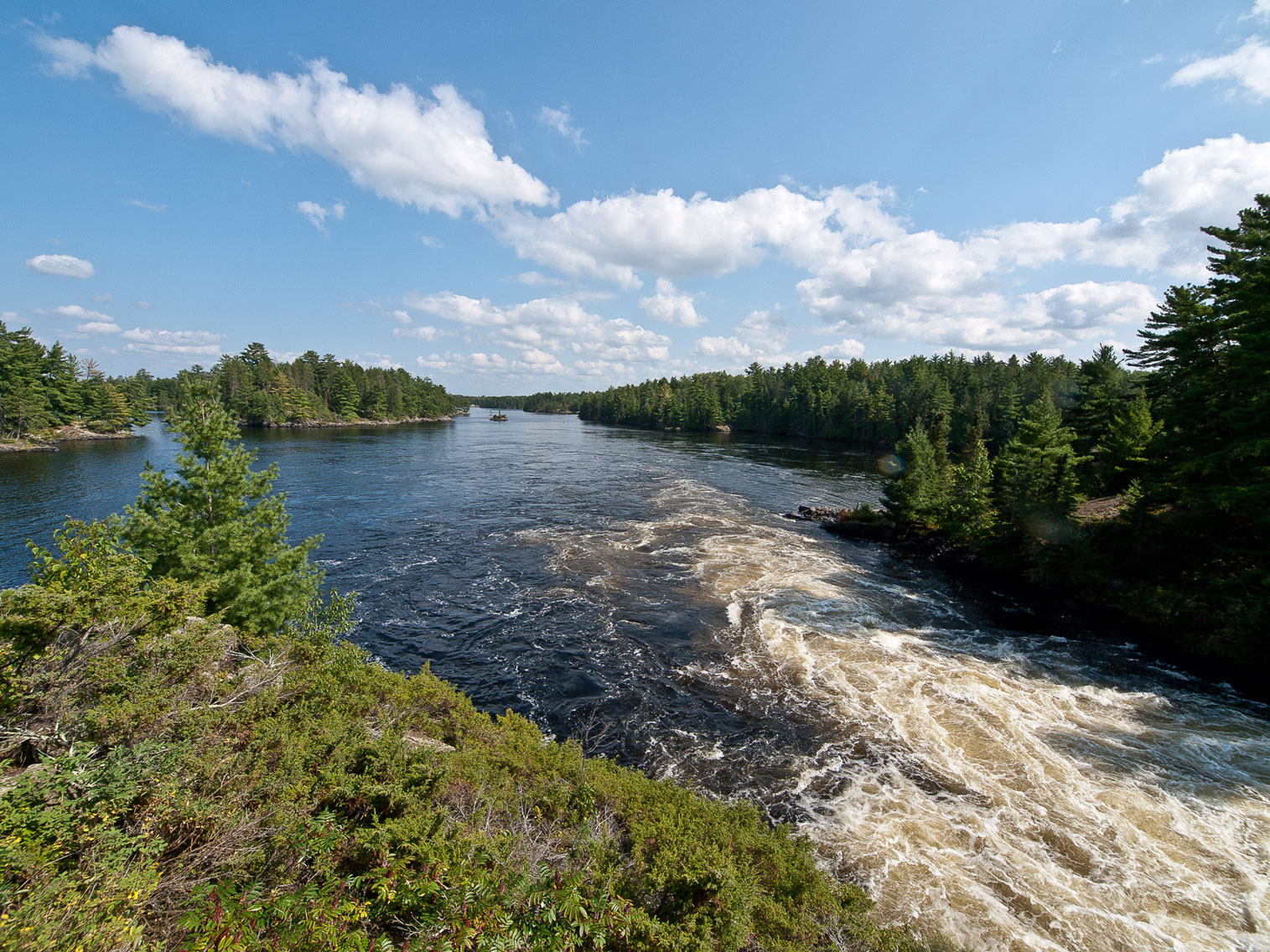Minnesota Travel Guide
State in the upper Midwestern United States, consisting of western prairies, deciduous forests in the southeast, and the less populated North Woods, used for mining, forestry, and recreation, and roughly a third of the state is covered in forests, and is known as the "Land of 10,000 Lakes" for having over 14,000 bodies of fresh water, with little more than half of Minnesotans live in the Minneapolis-Saint Paul metropolitan area, known as the "Twin Cities", the state's main political, economic, and cultural hub
Minnesota Map
Places to See in Minnesota

Duluth, MN
Chrisographer, CC BY-SA 4.0, via Wikimedia Commons; Image Size Adjusted
Cities
Duluth · Minneapolis

Rainy Lake at Kettle Falls
Jeffkantor, CC BY-SA 4.0, via Wikimedia Commons; Image Size Adjusted

Kjell Olsen from Minneapolis, USA, CC BY-SA 2.0, via Wikimedia Commons; Image Size Adjusted

Big Island, Lake Minnetonka
August Schwerdfeger, CC BY 4.0, via Wikimedia Commons; Image Size Adjusted
Landmarks and Landscapes
Blue Mounds State Park · Boundary Waters Canoe Area Wilderness · Cathedral of Saint Paul · Eagle Mountain · Franconia Sculpture Park · Interstate Park · Lake Minnetonka · Minnesota State Capitol · Mississippi National River and Recreation Area · Paisley Park · Pipestone National Monument
Minnesota is a state in the upper Midwestern United States. Minnesota's geography consists of western prairies, now given over to intensive agriculture; deciduous forests in the southeast, now partially cleared, farmed, and settled; and the less populated North Woods, used for mining, forestry, and recreation. Roughly a third of the state is covered in forests, and it is known as the "Land of 10,000 Lakes" for having over 14,000 bodies of fresh water of at least ten acres. A little more than half of Minnesotans live in the Minneapolis-Saint Paul metropolitan area, known as the "Twin Cities", the state's main political, economic, and cultural hub. Other minor metropolitan and micropolitan statistical areas include Duluth, Mankato, Moorhead, Rochester, and St. Cloud.
Minnesota, which gets its name from the Dakota language, has been inhabited by various indigenous peoples since the Woodland period of the 11th century BCE. French explorers and missionaries were the earliest Europeans to enter the region, encountering the Dakota, Ojibwe, and various Anishinaabe tribes. Much of what is now Minnesota formed part of the vast French holding of Louisiana, which the United States purchased in 1803. After several territorial reorganizations, the Minnesota Territory was admitted to the Union as the 32nd state in 1858. Minnesota's official motto, L'Étoile du Nord, is the only state motto in French; meaning "The Star of the North", it was adopted shortly after statehood and reflects both the state's early French settlers and its position as the northernmost state in the contiguous U.S.
As part of the American frontier, Minnesota attracted settlers and homesteaders from across the country, with its growth initially centered on timber, agriculture, and railroad construction. Into the early 20th century, European immigrants arrived in significant numbers, particularly from Scandinavia, Germany, and Central Europe.
The state is home to 11 federally recognized Native American reservations (seven Ojibwe, four Dakota), and remains a center of Scandinavian and German cultures.
Minnesota has four ecological provinces: prairie parkland, in the southwestern and western parts of the state; the eastern broadleaf forest (Big Woods) in the southeast, extending in a narrowing strip to the state's northwestern part, where it transitions into tallgrass aspen parkland; and the northern Laurentian mixed forest, a transitional forest between the northern boreal forest and the broadleaf forests to the south. These northern forests are a vast wilderness of pine and spruce trees mixed with patchy stands of birch and poplar.
Minnesota's first state park, Itasca State Park, was established in 1891, and is the source of the Mississippi River. Today Minnesota has 72 state parks and recreation areas, 58 state forests covering about four million acres (16,000 km2), and numerous state wildlife preserves, all managed by the Minnesota Department of Natural Resources. The Chippewa and Superior national forests comprise 5.5 million acres (22,000 km2). The Superior National Forest in the northeast contains the Boundary Waters Canoe Area Wilderness, which encompasses over a million acres (4,000 km2) and a thousand lakes. To its west is Voyageurs National Park. The Mississippi National River and Recreation Area (MNRRA) is a 72-mile-long (116 km) corridor along the Mississippi River through the Minneapolis-St. Paul Metropolitan Area connecting a variety of sites of historic, cultural, and geologic interest.
Saint Paul, in east-central Minnesota along the banks of the Mississippi River, has been Minnesota's capital city since 1849, first as capital of the Territory of Minnesota, and then as the state capital since 1858.
Saint Paul is adjacent to Minnesota's most populous city, Minneapolis; they and their suburbs are collectively known as the Twin Cities metropolitan area. the country's 16th-largest metropolitan area and home to about 55% of the state's population. The remainder of the state is known as "Greater Minnesota" or "Outstate Minnesota".
The Minnesota Vikings have played in the National Football League since their admission as an expansion franchise in 1961. The Minnesota Twins have played in the Major League Baseball in the Twin Cities since 1961. The Minnesota Timberwolves joined the NBA in 1989, and have played in Target Center since 1990. The National Hockey League's Minnesota Wild play in St. Paul's Xcel Energy Center. Professional women's sports include the Minnesota Lynx of the Women's National Basketball Association.
This article uses material from the Wikipedia article "Minnesota" which is released under the Creative Commons Attribution-Share-Alike License 3.0